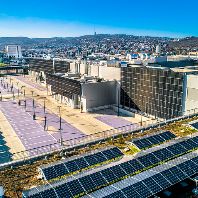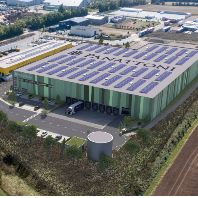M&G Real Estate has acquired a €59.3m industrial portfolio in Denmark, representing a net yield of 6.8%. This latest purchase further demonstrates the business’s core strategy for pan-European growth, and marks its fourth acquisition in Denmark.
The 75,139 m² Danish portfolio has been leased back to Denmark's largest steel and technology wholesaler, on long-term leases and is strategically located in key industrial locations across Denmark including Køge (14,873 m²), Odense (25,905 m²) & Kolding (38,361 m²).
It marks M&G Real Estate’s second acquisition in the Nordics this year following the purchase of Blekholmen 1, a €230m office scheme in central Stockholm in January. Including this latest acquisition in Denmark, M&G Real Estate’s Nordic portfolio comprises 186,503 m² with a value of approximately €560m. In August 20016, M&G Real Estate appointed Thorsten Slytå to manage Nordic assets and support the investment ambitions of the business in this key European region, based out of the firm’s new Stockholm office.
Fund manager Simon Ellis, comments: “With high demand for logistics across the Europe, this acquisition provides a robust investment opportunity with a strong tenant on attractive lease terms. We will continue to increase our asset allocation to the logistics, office and retail sectors across continental Europe, as well as further diversifying our portfolio’s jurisdiction exposure. Transparent and mature European markets where strong fundamentals and economic stability prevail will continue to be our focus.”
Thorsten Slytå, M&G Real Estate’s Stockholm-based Director of Asset Management, adds: “We are very pleased to be able to secure this high yielding long income portfolio in a logistics market that has traditionally been dominated by owner occupiers. The Danish net initial yield requirements on prime logistics properties are higher compared to the net initial yields offered in the rest of Europe, making investments in this segment of the market very attractive. With a very strong logistics market with low new supply and low vacancies, we believe this may harbor potential for further yield compression.”















